Benzoyl peroxide (BP) is an ingredient commonly seen in products aimed at people with acne-prone skin.
It’s one of the most successful over-the-counter acne treatments out there, targeting several of the acne pathways: it penetrates pores and pimples easily, it exfoliates dead skin, and it’s both anti-microbial and anti-inflammatory.
This makes it good weapon against both inflammatory and noninflammatory acne, and it’s why so many people choose to include it in their routine.
Even though benzoyl peroxide is a common acne treatment, it has gotten a bit of a bad rap within the skincare community and there are some recent safety concerns from some scientific journals that I'll go over.
Who should use benzoyl peroxide?
You may be thinking, “benzoyl peroxide just isn’t for me” – and honestly, I wouldn’t blame you for thinking that!
There are some negative side effects to BP that are a turn-off. Products containing BP can be especially useful for those who want a budget option for stubborn and resistant acne, and those who are currently using topical antibiotics (BP is more effective, and bacteria won’t become resistant). If you’re thinking of using benzoyl peroxide, keep reading to see if it’s right for you.
Picking a concentration
Benzoyl peroxide products typically come in concentrations of 2.5%, 5%, and 10%.
It doesn’t matter what your skin type is, or how bad your acne is, you should start at 2.5% and only work your way up to 5% or 10% if you need to.
Not only will starting at a lower concentration reduce the side effects that make Benzoyl peroxide so undesirable – irritation (redness, itchiness, dryness and flaking) – Not to mention, higher concentrations aren’t necessarily more effective.
How often should I Use benzoyl peroxide?
Although it will vary a little from person to person, most people can start out with once daily use, and slowly increase to twice a day, as needed.
Some sensitive skin types may benefit from using it only every second day.
Benzoyl peroxide can cause irritation and redness, which are considered common and normal side effects. Most effective acne treatments – retinoids, AHAs, BHAs, and even antibiotics – have similar side effects. The key is in using the product appropriately to reduce the severity of the side effects.
To combat these side effects, you should build up the frequency of use to a point where you’re satisfied, and then gradually scale back to a comfortable “maintenance” use.
Safety Of Benzoyl Peroxide
In a recent study in 2025 investigating the link between benzoyl peroxide and cancer, it did raise some safety concerns.
Some key findings were that benzoyl peroxide products degrade into benzene over time. Benzene is a carginogen which has the ability to be absorbed through skin.
Based on this analysis, there seems to be an increased statistical occurance of skin or breast cancers with benzoyl peroxide users but so far there there isn't a direct cause linked - but there are ways to reduce the chances of your benzoyl peroxide from degrading.
How To Keep Benzoyl Peroxide From Degrading
Benzoyl peroxide degrades to benzene if it is exposed to UV light, heat, and depending on how long the formula has been sitting out.
To reduce the chances of your benzoyl peroxide product degrading, follow the tips below:
- Store in a cool dark place like the refridgerator
- Buy benzoyl peroxide in a opaque product packaging to keep UV out
- Wear sunscreen if going out
- Don't use your benzoyl peroxide if it's past the expiration date.
How to use benzoyl peroxide
Using benzoyl peroxide properly really is the key to getting the best results with the least amount of side effects. Follow instructions when using benzoyl peroxide is integral to the success of the treatment.
STEP ONE: Cleanse with a gentle, pH-balanced cleanser and let your skin dry completely. Damp skin enhances absorption and increases irritation when using products like BP, which already penetrate the skin easily.
STEP TWO: Apply a thin layer of 2.5% benzoyl peroxide to your entire face, or on problem areas only. You don’t have to apply it all over if you only break out around your chin for example. If your skin is sensitive, like mine, it's best to only apply it to where you usually breakout.
Let it absorb for about 5 minutes before applying other products.
STEP THREE: Moisturize! Contrary to the misconception, you still need to moisturize your skin when you’re using acne treatments. Benzoyl peroxide can make your skin dry but following it up with a moisturizer can offset this negative side effect and keep your skin barrier healthy and plump.
STEP FOUR: Apply sunscreen during the day. A lot of people find out the hard way that BP coupled with unprotected sun exposure causes damage and discoloration to the skin. When using photosensitizing products like benzoyl peroxide, sunscreen is a necessity, not an option.
Chemical sunscreens need to be applied immediately after cleansing to properly bind with the skin, but acne treatments like BP also need to be in contact with the skin to be most effective. Because of this, mineral sunscreens may be the best option for daytime BP use, as they can be applied as the last step in your routine.
Benzoyl Peroxide Ingredient Hacks
Benzoyl peroxide on its own is great for acne, but there are other things we can do in our routine to make it even better.
Use Antioxidants – Benzoyl peroxide oxidizes when it contacts with the skin, which is one of the mechanisms it works by to clear our acne. Unfortunately, this reaction also depletes antioxidants on the skin’s surface.
Although our skin’s antioxidants are constantly being replenished from the foods we eat (which is why it’s important to eat a plant-iful diet), adding some topical antioxidants may actually lessen any damage caused by BP.
Choose a high-quality, stable serum formula with a well-studied antioxidant and apply it after your BP has dried completely, but before your moisturizer.
Vitamin E – If your skin can handle the added vitamin E in a product, it may be beneficial to include when using benzoyl peroxide as an acne treatment. However, supplementing your diet with more vitamin E may be a better option to offset the oxidation on your skin.
Can I Use Retinol With Benzoyl Peroxide?
You can also alternate BP use with acne-fighting topical retinoids. BP inactivates certain retinoids, though, so you can’t apply them together.
However, when you apply them separately (BP in the morning and a retinoid at night, or on alternating days), they work quite well together as an acne treatment as long as your skin can handle both!
How to Reduce Irritation from Benzoyl Peroxide?
To reduce irritation from benzoyl peroxide, start with a lower concentration (2.5%) and apply it to dry skin to prevent excessive absorption.
Use it every other day at first, then gradually increase frequency if your skin adjusts. Always follow up with a fragrance-free moisturizer to combat dryness and pair it with a broad-spectrum sunscreen during the day to prevent sensitivity.
If irritation persists, switch to only a wash-off benzoyl peroxide cleanser instead of a leave-on treatment. Avoid mixing BP with harsh exfoliants like AHAs or retinoids in the same routine to minimize redness and peeling.
How Long Does It Take To Work?
It usually takes benzoyl peroxide 4 weeks to start working, and up to 4 months for the full results.
When To Stop Benzoyl Peroxide?
Despite benzoyl peroxide’s safety profile, some people do have allergies to it. Although true allergies are rare, and side effects of dryness and redness are common and not symptoms of a reaction, it’s something to keep an eye out for and to discontinue use if you notice signs of
- Severe skin irritation and dryness that doesn't resolve with moisturizer
- Swelling, itching, or rash on the skin
If you notice no improvement after 6 weeks then benzoyl peroxide is probably not the right treatment for your acne, but good thing is that there are plenty of other options to try next.
Different brands of benzoyl peroxide will have different ingredients and formulas so if one formula doesn't seem to work for you, the next one could!
I love having a product I can rely on to clear up my acne quickly, and often without a fuss. And while BP does, in effect, cause some “damage” to the skin it could also be argued that acne causes considerably more damage to the skin.
One thing I will say, though … although my skin loves the addition of benzoyl peroxide, my towels don’t. Consider yourself forewarned – it’ll bleach fabrics.
References:
A Disproportionality Analysis on Benzoyl Peroxide and Its Risk of Malignancy Using the FDA Adverse Event Reporting System
Published in: Journal of Investigative Dermatology (2025)
DOI: 10.1016/j.jid.2025.02.139
Yang Z, Zhang Y, Lazic Mosler E, Hu J, Li H, Zhang Y, Liu J, Zhang Q. Topical benzoyl peroxide for acne. Cochrane Database Syst Rev. 2020 Mar 16;3(3):CD011154. doi: 10.1002/14651858.CD011154.pub2. PMID: 32175593; PMCID: PMC7077870.

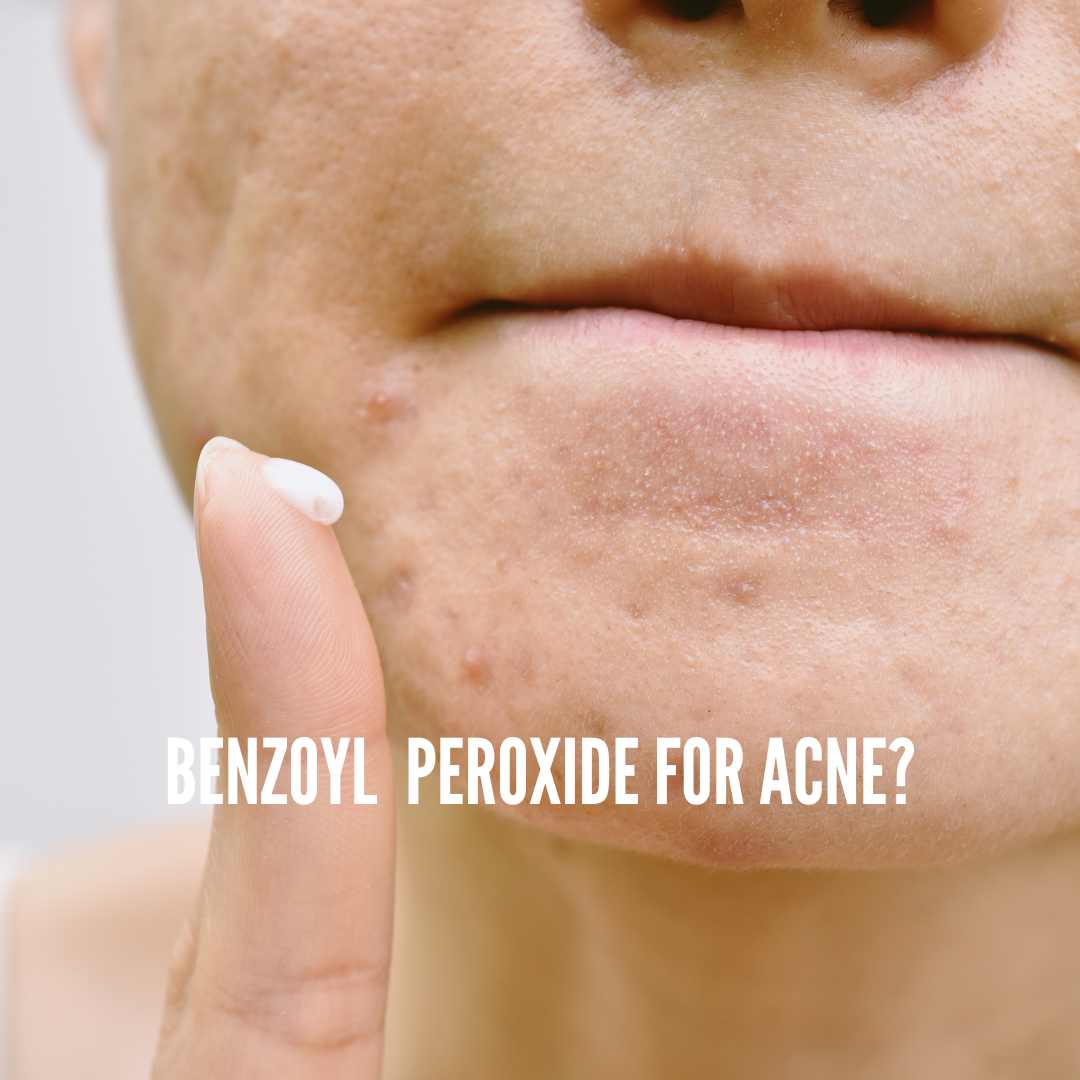
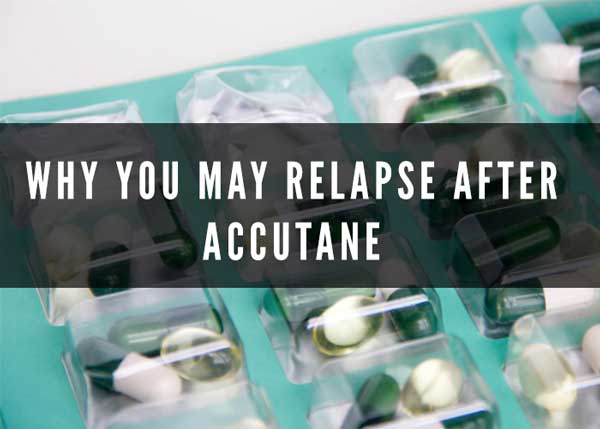
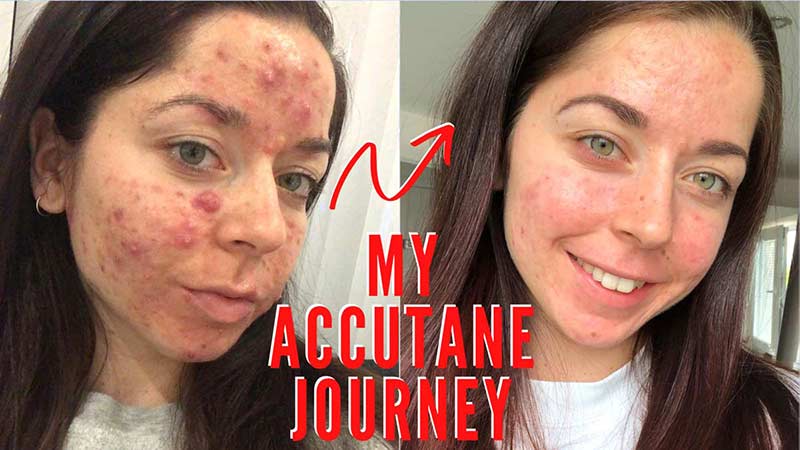
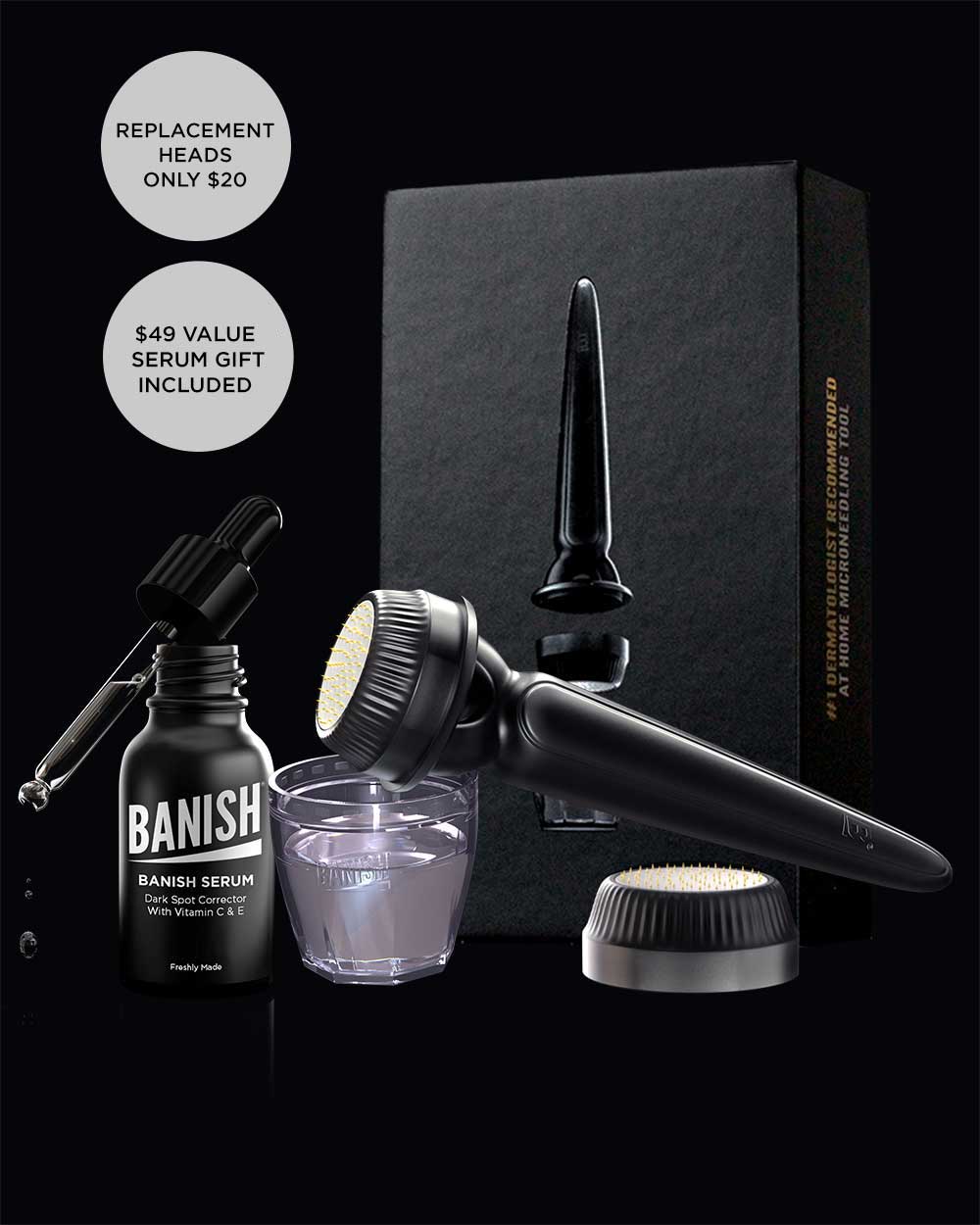
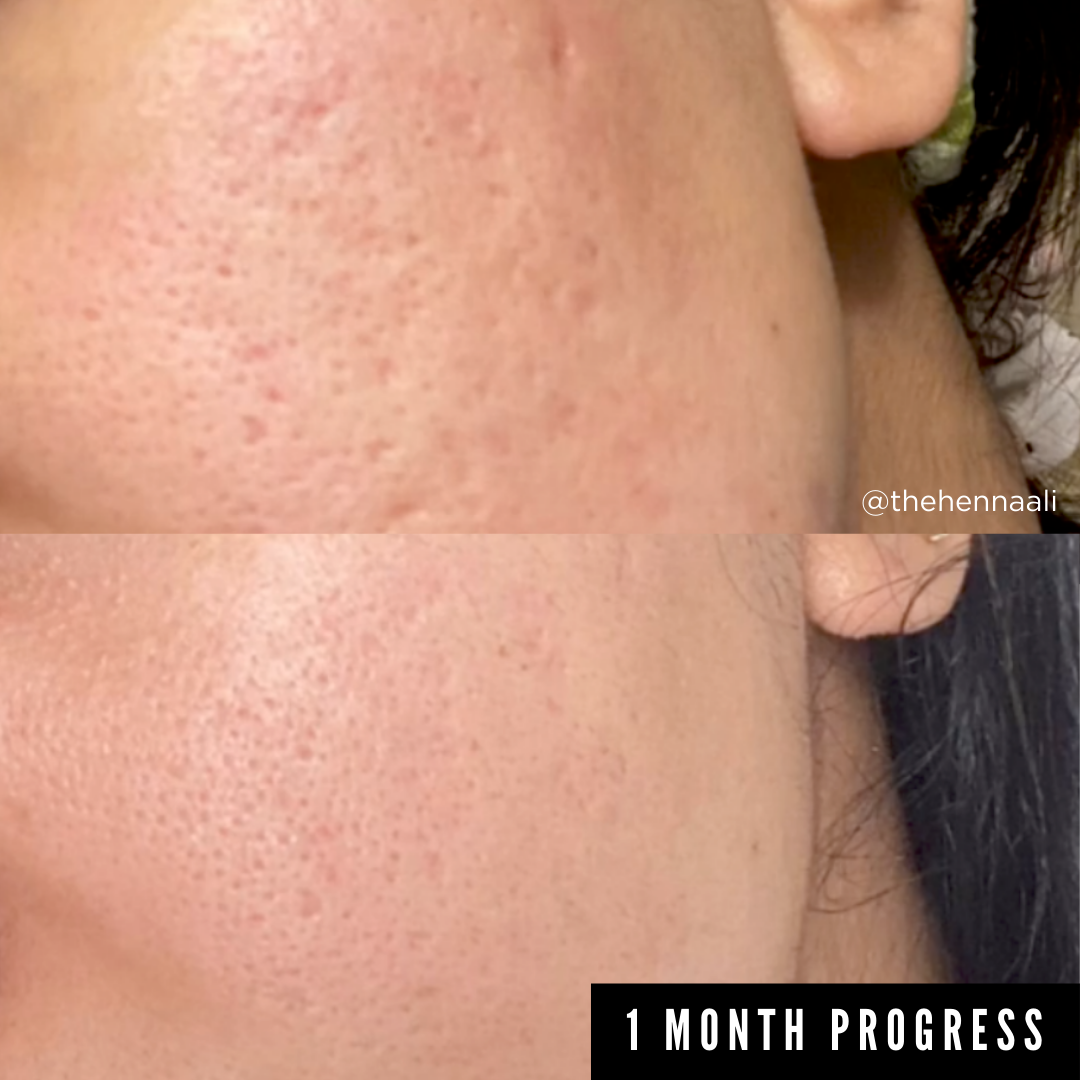

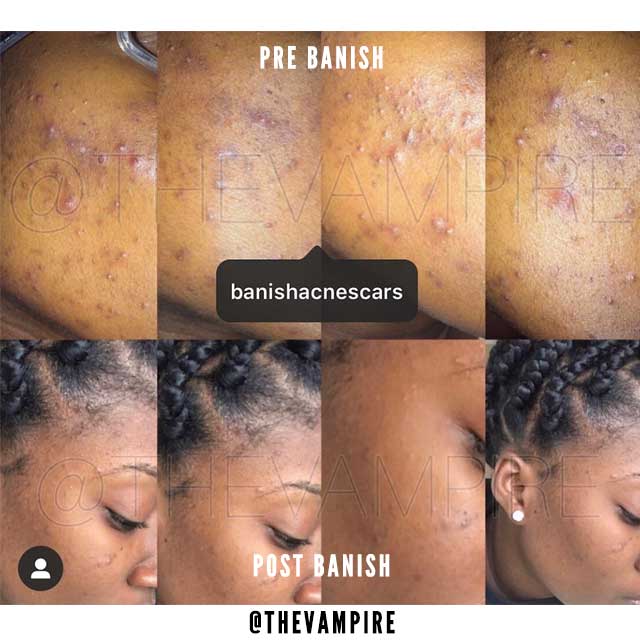
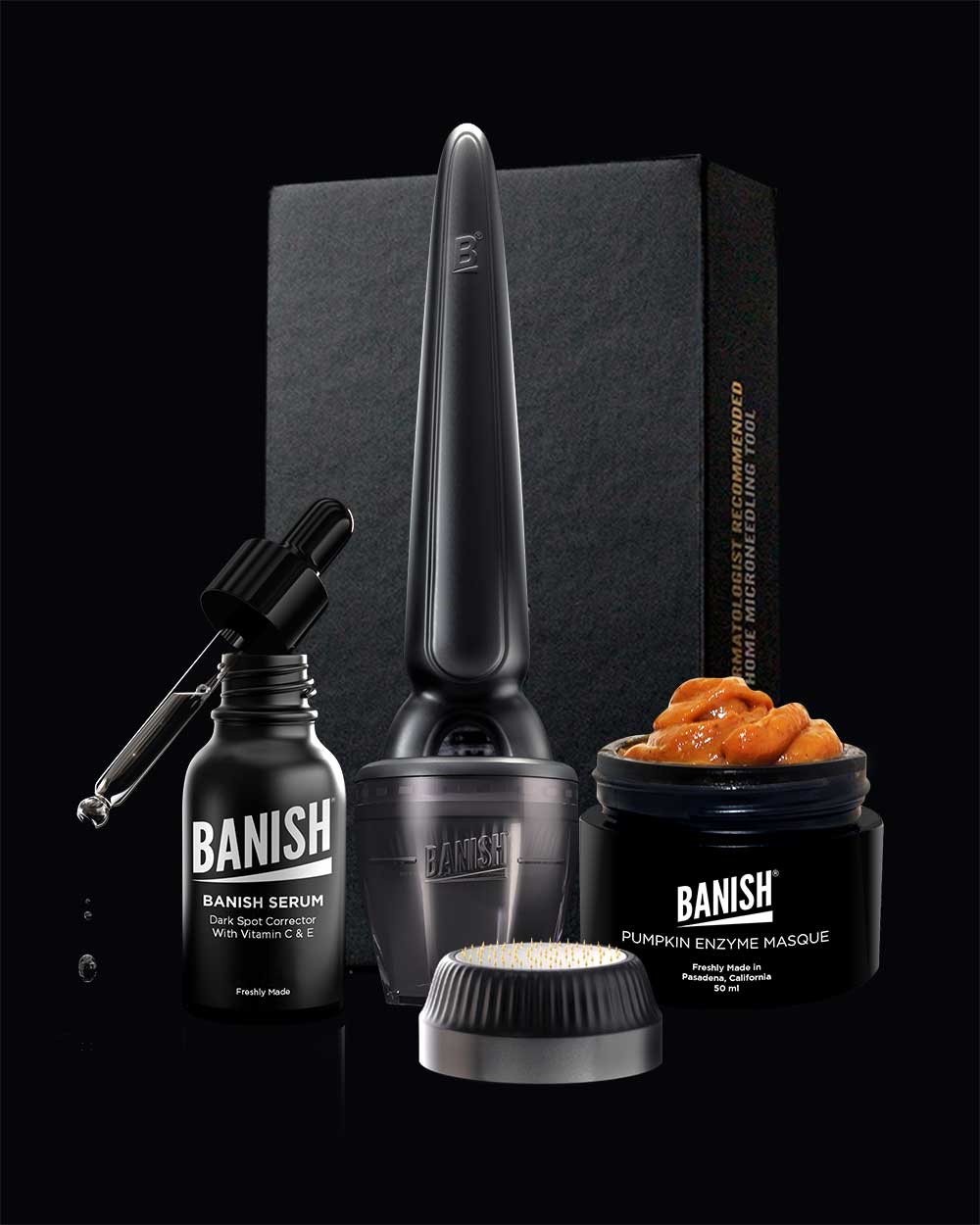
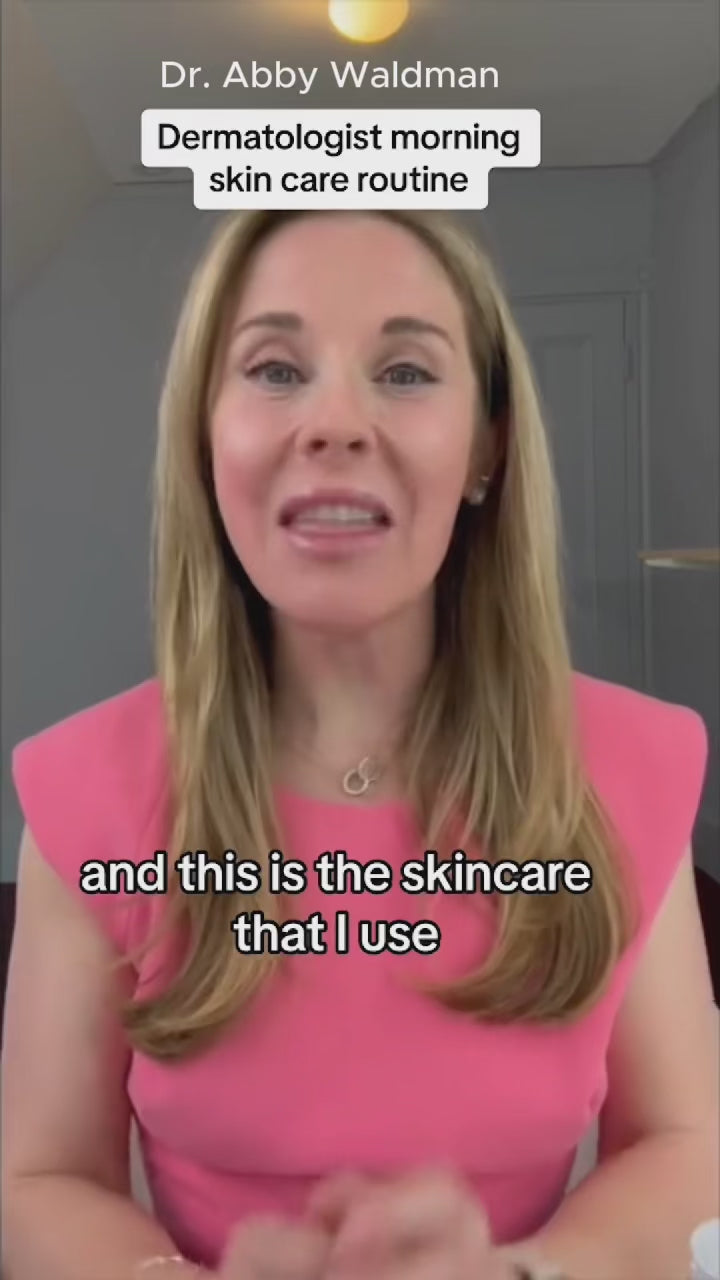
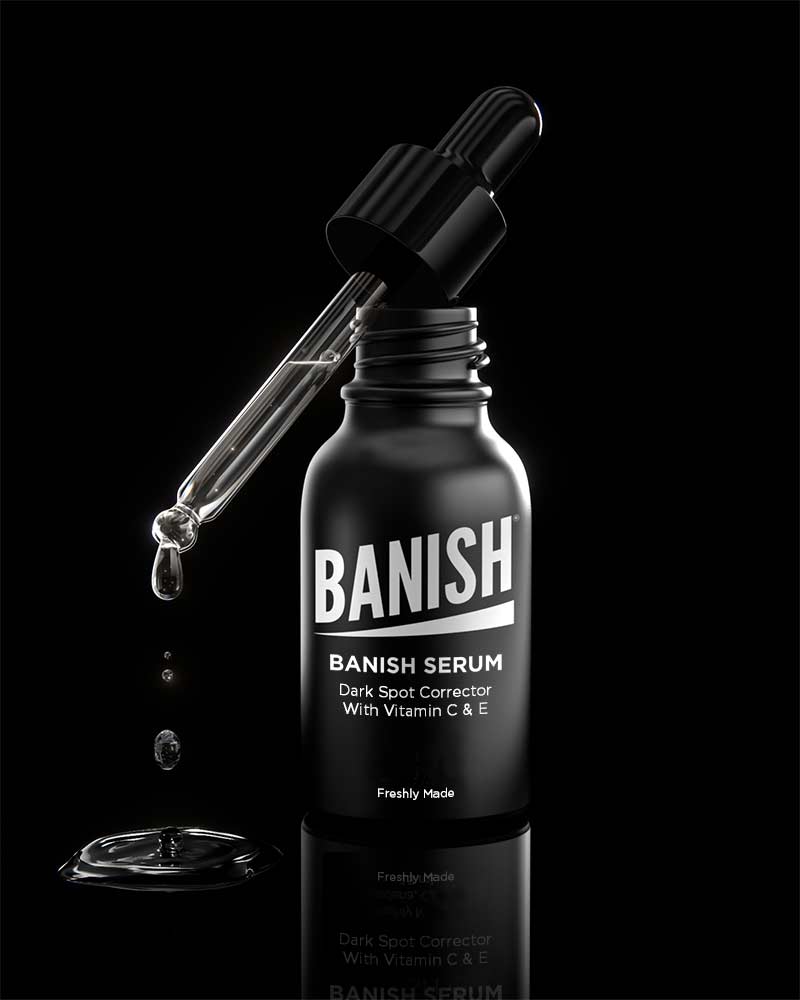

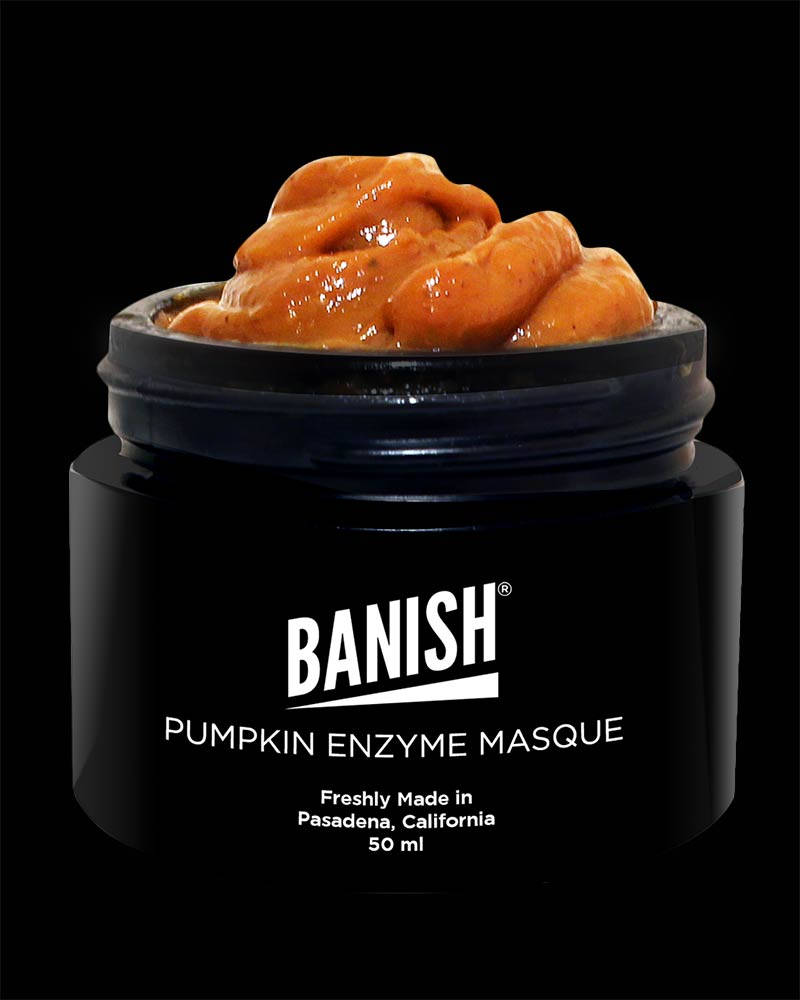

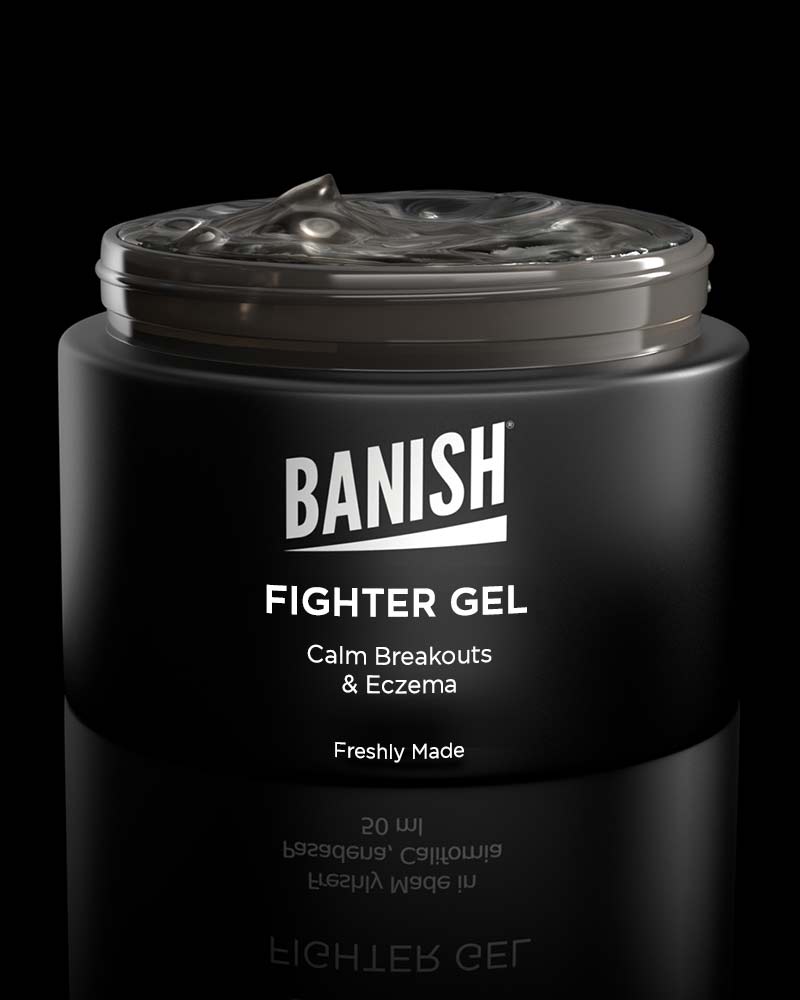
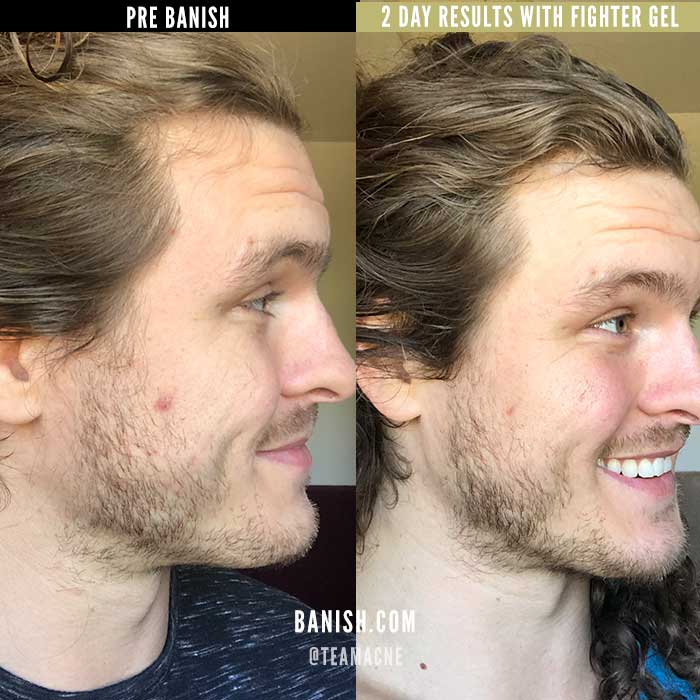
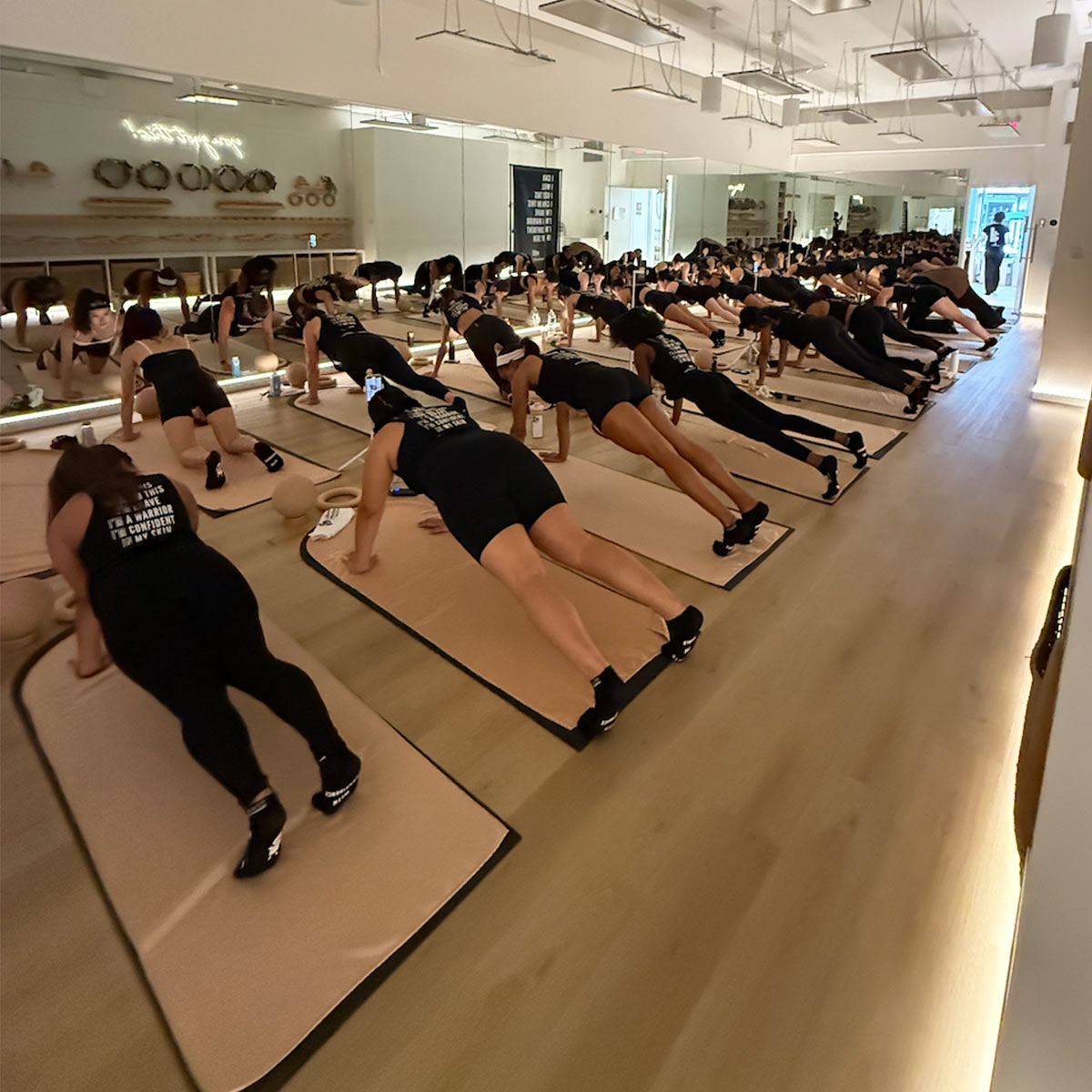
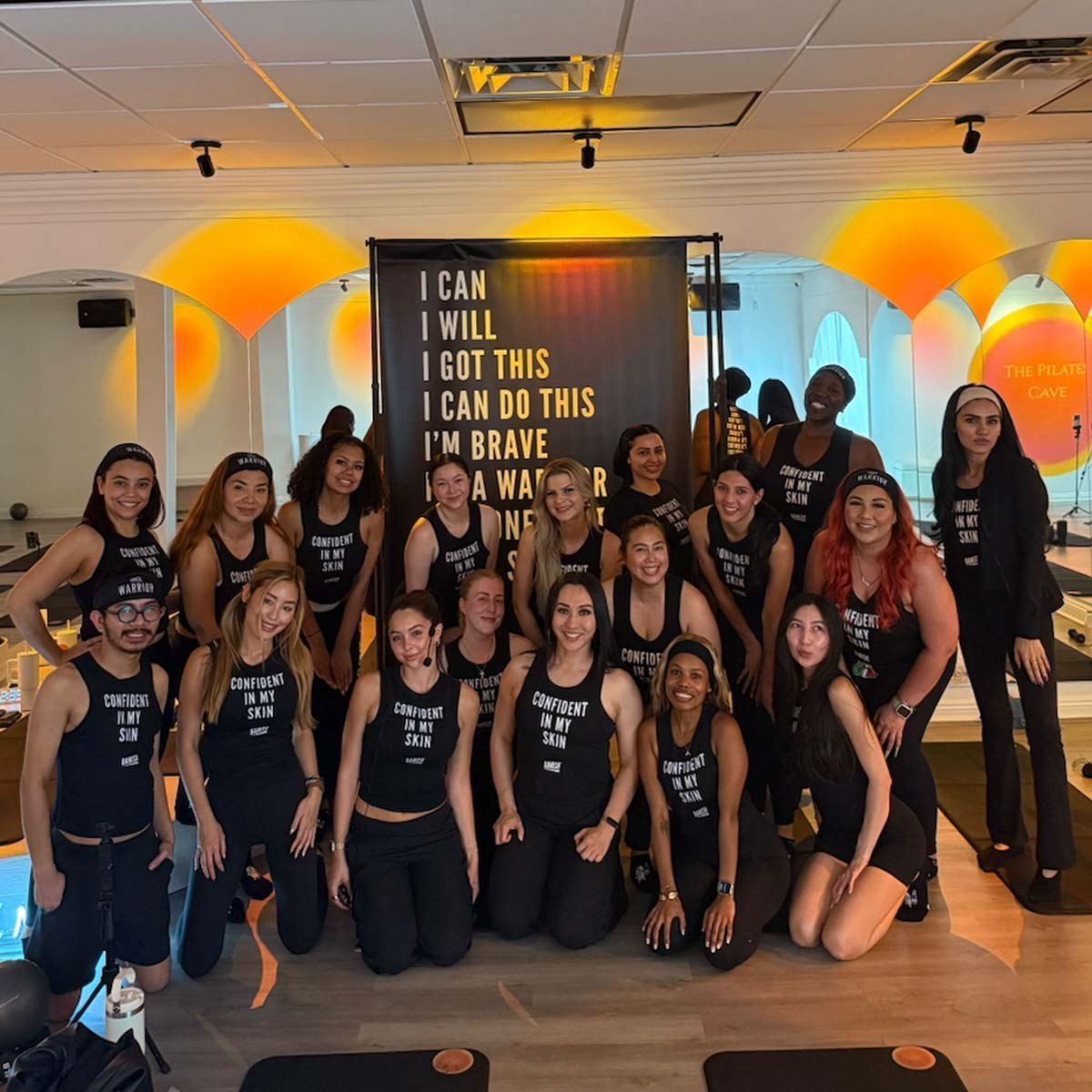
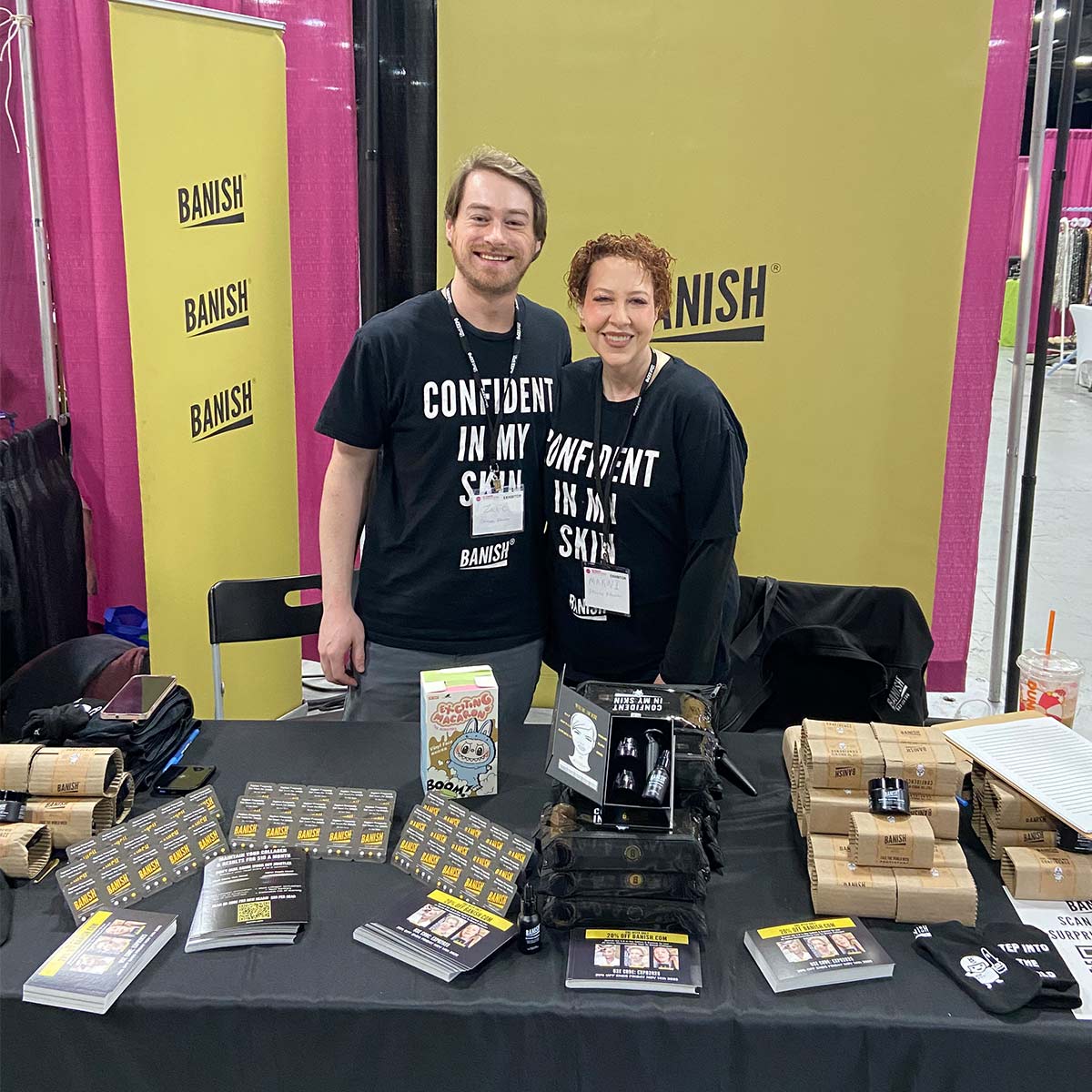







Leave a comment
All comments are moderated before being published.
This site is protected by hCaptcha and the hCaptcha Privacy Policy and Terms of Service apply.